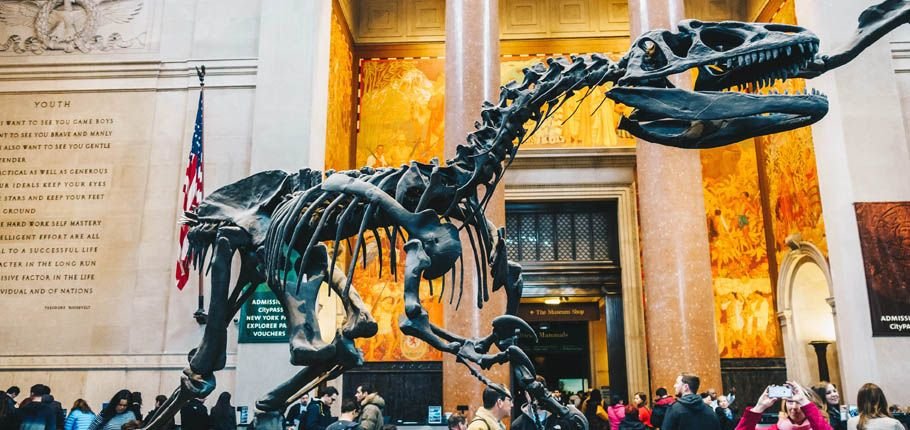Virtual reality in Museums (VR)

How many of your artifacts are on display to the public? What areas are the ones visitors want to see, but must remain out of reach?
Virtual tours conducted by Gekkota allow virtual visitors to go behind the scenes, choose what interests them, and explore at their own pace.
For these reasons, the American Museum of Natural History has recently opened up its archived collections via VR, showcasing the collection behind the collection.
An appeal booster: A study by technology advertising firm YuMe and research firm Nielsen used neuroscience techniques to measure the emotional responses of 150 participants.
Virtual reality elicited greater emotional engagement than 2D and 360-degree video content on a flat screen, and held attention for much longer compared to content delivered entirely in 2D.
Making the inaccessible accessible: It helps bring static displays to life. Unique information 'tags' function as interactive labels. They appear at the discretion of the viewer to provide more information, and may even include links to websites. Imagine displaying a machine on-site at the museum, and linking it to a video of the same machine in action.
A 360-degree virtual tour also offers an opportunity for outreach. Reaching out to communities that do not have access to the museum, whether for geographic or physical reasons. And reaching out to visitors who cannot fully experience the exhibits in the physical world. In an RV-scanned museum, everyone measures 1.65m and has no physical limitations.
For Kelham Island - part of the Sheffield Industrial Museums Trust - we captured the workshops. These are areas on display for visitors, but normally off-limits. We took the public to places they are not allowed to go. Instead of reducing demand for in-person visits, we generated interest, sparked conversation, and satisfied demand. See for yourself:
The role of virtual reality (VR) in museums
Virtual reality executives at Google and Facebook place museums at the center of VR implementation. They believe that most people will lean in and look at virtual worlds, not run through immersive games.
"I'm excited about the potential of VR to make art forms much more accessible, but in a way that is much more true to the original" - Clay Bavor, who is in charge of VR at Google.
If you see a flat photograph of a dinosaur skeleton on a phone, that's not real. But craning your neck to see all the way to the end? That's totally real for the original. That's what an immersive Gekkota space offers.
VR IN YOUR MUSEUM:
Choose to make your museum accessible, innovative, and open. Choose Gekkota's 360-degree virtual tours. We are located in Vigo, but provide services throughout Galicia and all of Spain.
To receive more information without obligation about your museum and how you can take advantage of virtual reality, please contact us.



